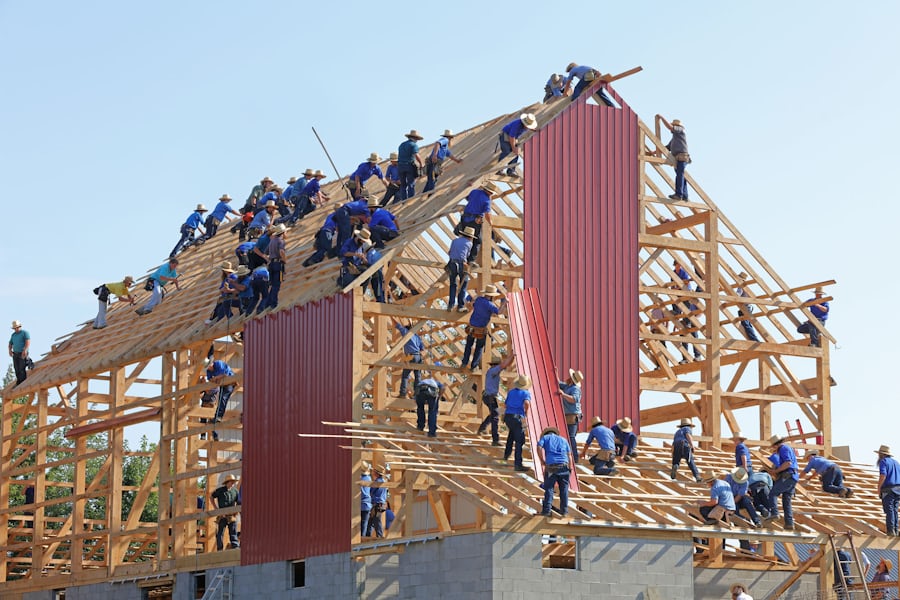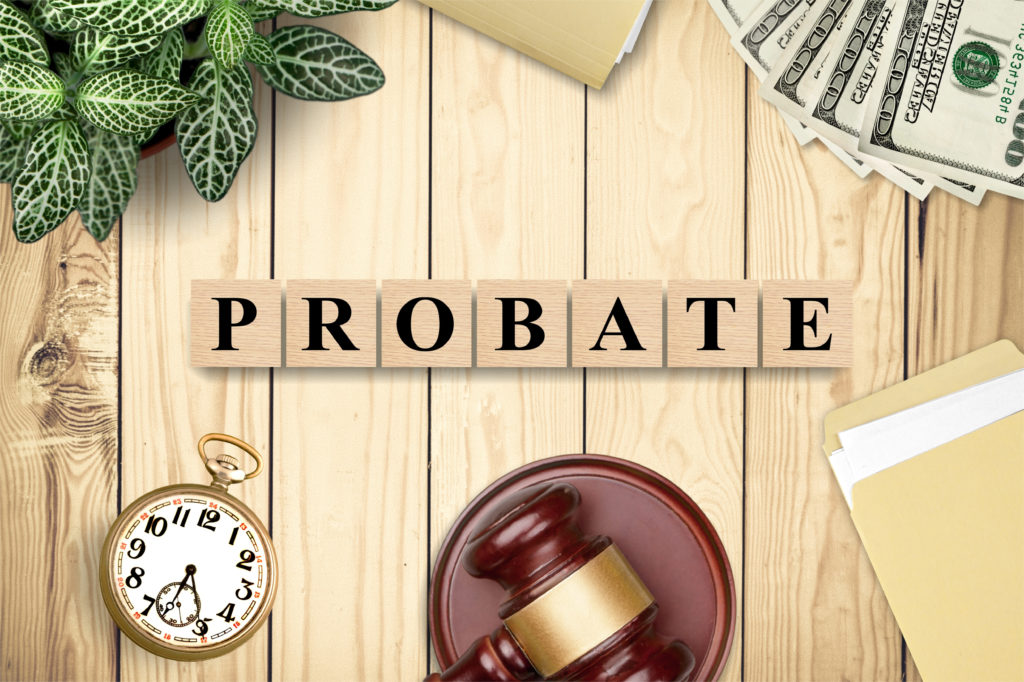The Texas real estate market has experienced a historic surge in demand, with home prices rising rapidly and competition intensifying in major cities such as Austin, Dallas, Houston, and San Antonio. This explosive growth has turned Texas into one of the most attractive real estate markets in the country, drawing both local buyers and out-of-state investors looking for lucrative opportunities.
However, this booming market has also created a challenging environment for homebuyers. With low housing inventory, skyrocketing home prices, and fierce bidding wars, buyers need to be well-prepared and strategic to secure a home in Texas. Whether you’re a first-time homebuyer, a seasoned investor, or someone relocating to the Lone Star State, understanding the dynamics of this seller’s market is key to making smart real estate decisions. In this article, we will explore the key factors driving the Texas real estate boom, the challenges buyers face, and actionable strategies to stay competitive and secure a home in one of the hottest housing markets in the U.S.

What’s Fueling the Texas Real Estate Boom?
1. Population Growth and Migration Trends
Texas has been experiencing a rapid population increase, making it one of the fastest-growing states in the country. According to the U.S. Census Bureau, the state gained nearly 471,000 new residents in 2022, with more people moving in than any other state.
Why Are People Moving to Texas?
Several factors contribute to this massive influx of new residents:
- Lower Cost of Living – Compared to states like California and New York, Texas offers more affordable housing, lower taxes, and a lower overall cost of living.
- No State Income Tax – Texas does not levy a state income tax, making it particularly attractive for high-earning professionals, entrepreneurs, and retirees.
- Booming Job Market – Texas is home to major corporations and growing industries, including technology, healthcare, energy, and manufacturing. Companies like Tesla, Oracle, and Apple have expanded operations in Texas, further driving job growth.
- Pro-Business Environment – Texas offers a business-friendly atmosphere with fewer regulations and lower corporate taxes, drawing businesses and startups.
- Quality of Life and Climate – With diverse cities, cultural attractions, and a warm climate, Texas offers an appealing lifestyle for individuals and families.
This influx of new residents has significantly increased demand for housing, leading to intense competition in the real estate market.
2. Low Housing Inventory and Supply Chain Challenges
One of the biggest factors driving the seller’s market is low housing inventory. There are simply not enough homes available to meet the demand of buyers.
- Construction Delays – Due to rising material costs, labor shortages, and supply chain disruptions, new home construction has been slower than expected.
- Fewer Sellers Listing Homes – Many homeowners are choosing to stay put rather than sell, further restricting available inventory.
- Increased Investor Activity – Institutional investors and real estate firms are buying properties in bulk, reducing the number of homes available for individual buyers.
With fewer homes on the market, buyers are forced to compete aggressively, often leading to bidding wars and homes selling well above the asking price.
3. Home Price Surge and Increased Competition

The limited housing supply, combined with high demand, has led to soaring home prices across Texas.
- Austin – The median home price surpassed $450,000 in 2023, nearly double what it was a few years ago.
- Dallas-Fort Worth – Home prices have climbed to around $400,000, with some neighborhoods seeing even higher figures.
- Houston and San Antonio – While still relatively affordable compared to Austin, these cities are also experiencing sharp price increases.
For buyers, this means needing a larger budget and being ready to make fast decisions to compete in this fast-paced market.
Challenges for Buyers in a Seller’s Market
While sellers enjoy multiple offers and higher prices, buyers face several key challenges:
- Homes Selling Too Quickly – Many homes are selling within days—or even hours—of being listed.
- Bidding Wars – It’s common for buyers to face competition from dozens of other offers, often pushing the price well above asking.
- Tougher Loan Conditions – Lenders are requiring stronger credit scores and larger down payments due to rising prices.
- Investor Competition – Large real estate firms and investors are purchasing homes in bulk, often with cash offers, making it difficult for regular buyers to compete.
- Appraisal Gaps – With rapidly rising prices, some homes are appraising for less than the sale price, requiring buyers to cover the difference out of pocket.
Despite these challenges, it’s still possible to buy a home in Texas—but you need the right strategy.
How to Stay Competitive in Texas’s Hot Real Estate Market
If you’re planning to buy a home in Texas, here are proven strategies to increase your chances of success.
1. Get Pre-Approved for a Mortgage Before House Hunting
A mortgage pre-approvalshows sellers that you are financially prepared and serious about buying. In a competitive market, this can make the difference between winning or losing a bid.
- Check Your Credit Score – The higher your credit score, the better your loan terms.
- Compare Lenders – Shop around for the best mortgage rates.
- Secure a Pre-Approval Letter – This gives you an edge over buyers who have not yet secured financing.
2. Work with an Experienced Texas Real Estate Agent
A local real estate agent is your best asset in navigating a competitive market. An agent can:
Alert you to new listings before they hit the market
Negotiate on your behalf to make your offer stand out
Guide you through bidding wars and multiple-offer scenarios
3. Be Ready to Act Fast
Homes are selling quickly, so you need to move just as fast.
Set up real-time alerts for new listings
Be available to tour homes immediately
Have your pre-approval and paperwork ready to submit an offer
4. Make a Strong, Competitive Offer
To win in a bidding war, make your offer as attractive as possible:
Offer above asking price (if reasonable)
Limit contingencies to avoid delays
Increase your earnest money deposit to show commitment
Offer a flexible closing date that works for the seller
5. Consider Off-Market Listings or New Construction

To avoid bidding wars, look into:
Off-market homes (also called pocket listings)
New construction homes that may offer incentives
6. Be Open to Different Locations and Home Types
If prices are too high in your desired city, consider:
Nearby suburbs (e.g., Pflugerville instead of Austin)
Fixer-upper homes that may need renovations
Townhouses or condos instead of single-family homes
7. Have a Backup Plan
You may lose several offers before securing a home. Stay patient and keep your options open.
Keep a list of alternative homes
Be flexible with your budget and expectations
Explore rental options if you need more time
Final Thoughts
The Texas real estate market remains one of the most competitive in the country, but with the right strategies, buyers can still find great opportunities. By securing pre-approval, working with a skilled agent, acting fast, and making strong offers, you can improve your chances of successfully purchasing a home. Although challenging, buying in Texas is still a smart investment, given the state’s strong economy and continued population growth. With preparation and persistence, you can navigate the seller’s market and find a home that fits your needs.








